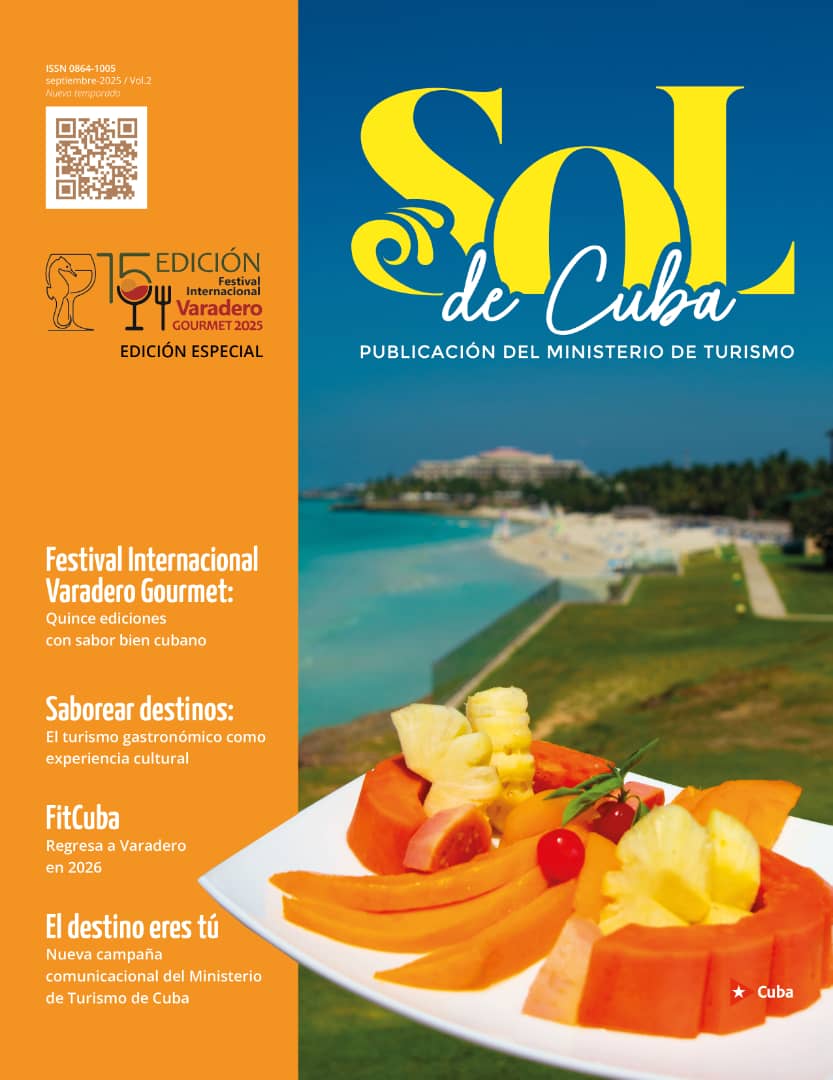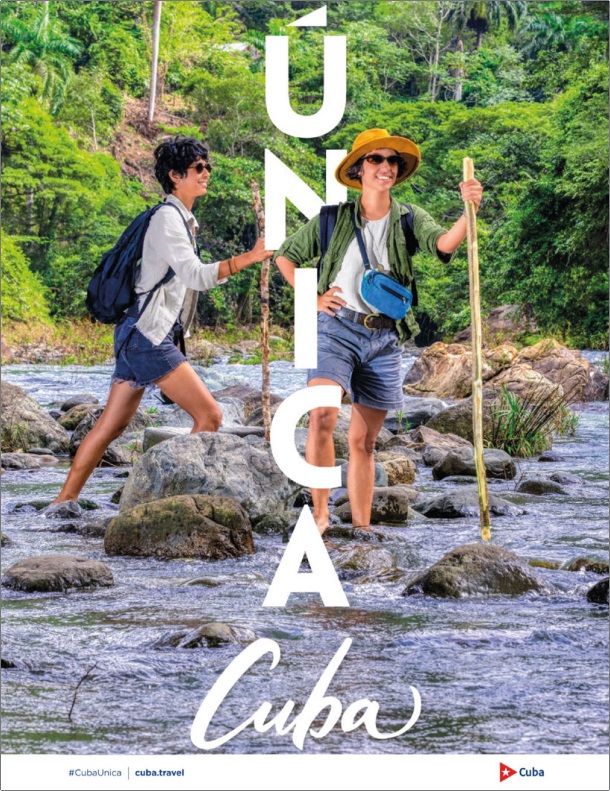Santiago de Cuba: A 510-year-old city
On July 25, 1515, that is 510 years ago, the Spanish conquistador Diego Velázquez de Cuéllar founded the town of Santiago de Cuba on the eastern tip of the island
Posted by Sol de Cuba, 24/07/2025
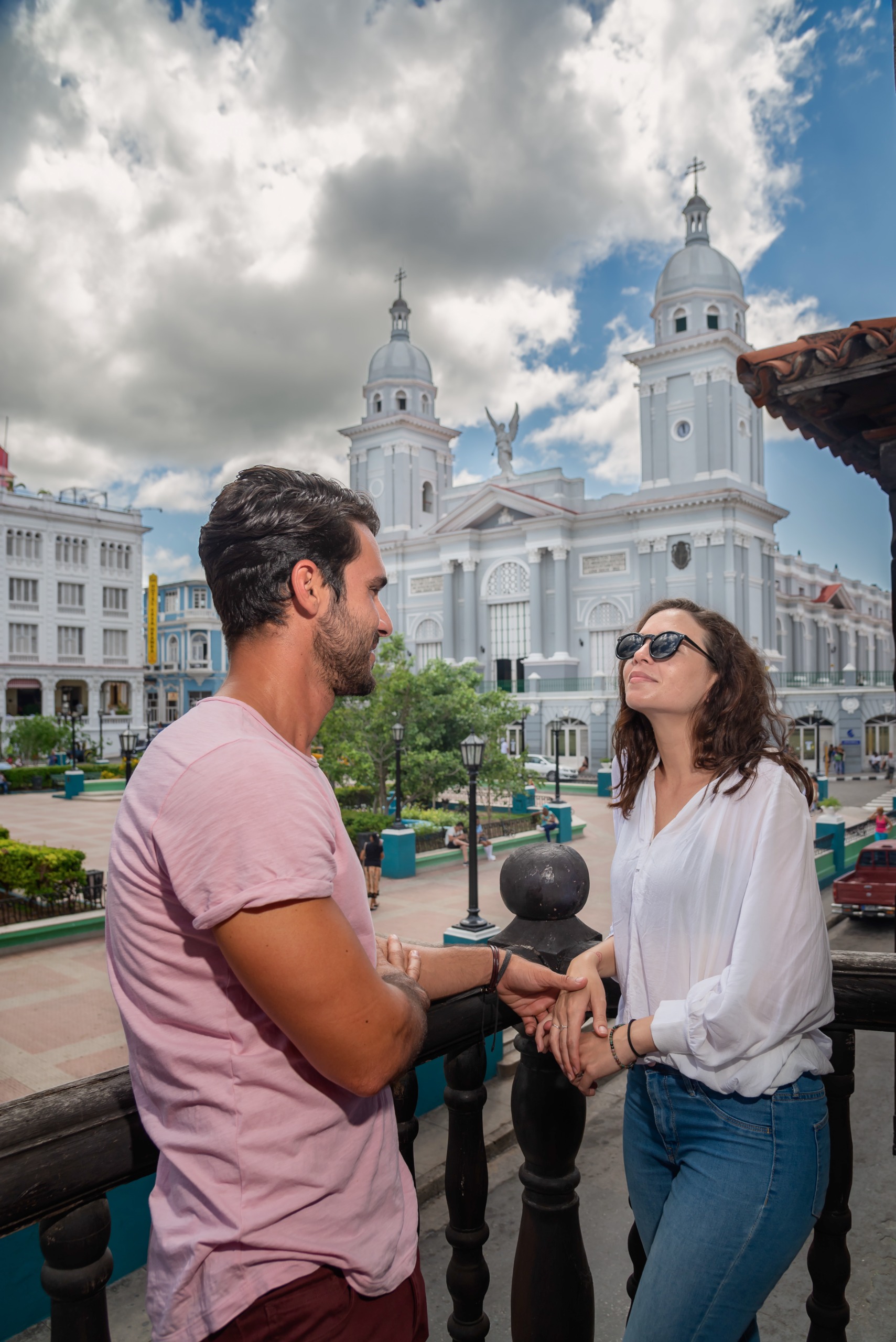
Santiago de Cuba, one of the seven towns founded by Diego Velázquez de Cuéllar during the conquest and colonization of Cuba by Spain, was the capital of the island from 1515 to the mid-16th century. Its historic urban center was declared a National Monument on October 10, 1978.
Today, 510 years later, the city is one of the most attractive in the country for international tourism for various reasons, including its rich history, vibrant culture, natural beauty, and ever-growing tourist attractions.
In a 1981 interview with Spanish newspaper El País, Colombian Nobel laureate Gabriel García Márquez said of this beautiful Cuban city:
“Santiago de Cuba has an air of magic that envelops those who visit it, a blend of history and culture that is unmatched.”
How to get to Santiago de Cuba?
Antonio Maceo International Airport facilitates access to tourists from around the world. Operated by Cuban Airports and Aviation Services Company (ECASA), it is located at Km 2 of the Carretera del Morro, approximately 7km southwest of the city.
Cubana de Aviación, Aerocaribbean, and Aerogaviota, the country’s main airlines, serve this airport, from which flights are primarily available to Havana, although there are also routes to other destinations.
From other provinces on the island, Santiago de Cuba can be reached by bus, the coach company ViaZul, by train, or by private taxi.
How to make calls abroad?
To call from Cuba:
From one mobile phone to another: International exit code (119) + Country code + City code + Desired number.
From a mobile phone to a landline: International exit code (119) + Country code + Desired number.
It is also important to know that all mobile phones in Cuba begin with the number 5. Calls from abroad to mobile phones in Cuba are free for the recipient; while calls from a landline to a mobile phone within Cuba are charged to the mobile phone balance.
Upon arrival in the country, you can sign up for Cubacel services to purchase a phone if you don’t have your own. CubacelTur is a temporary phone line that has a 30-day lifespan from activation and includes an initial basic package with data, minutes, and SMS.
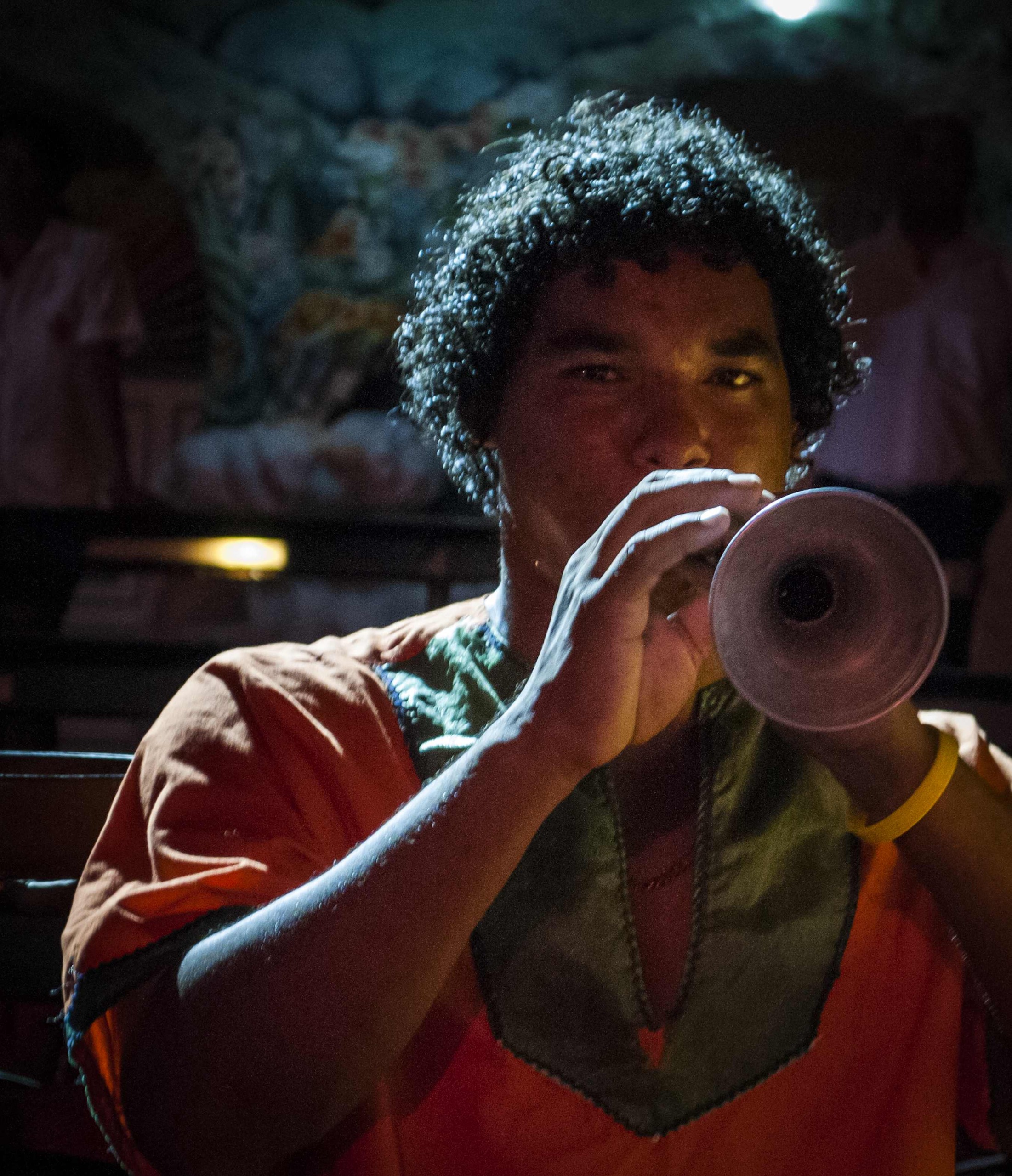
What to see in Santiago de Cuba?
Known as the “cradle of the Cuban revolution,” Santiago de Cuba is home to important historical sites, such as Morro Castle and Antonio Maceo Revolution Square, which attract hundreds of thousands of tourists each year, regularly reaching numbers exceeding 200,000, many of whom seek to learn more about the history of the revolution and the legacy of figures such as José Martí and Fidel Castro.
Its historic center was declared a UNESCO World Heritage Site in 2015. This recognition has increased tourist interest, as travelers seek to explore sites of significant cultural and architectural value. The city’s inclusion on this list has contributed to a 20% increase in tourism since its declaration.
The city is also famous for its music, especially son and salsa, with festivals that attract travelers from around the world. Santiago’s Carnival, held in July, is one of the largest and most colorful on the island. It has historically attracted more than 100,000 visitors each year.
The city’s location, surrounded by mountains and the Caribbean Sea, offers stunning landscapes that encourage nature tourism. Natural spaces such as the Sierra Maestra National Park and the beaches of El Morro and Cayo Granma appeal to nature and ecotourism lovers. In 2022, it was reported that approximately 30% of tourists visiting Santiago participated in outdoor activities such as hiking and diving.
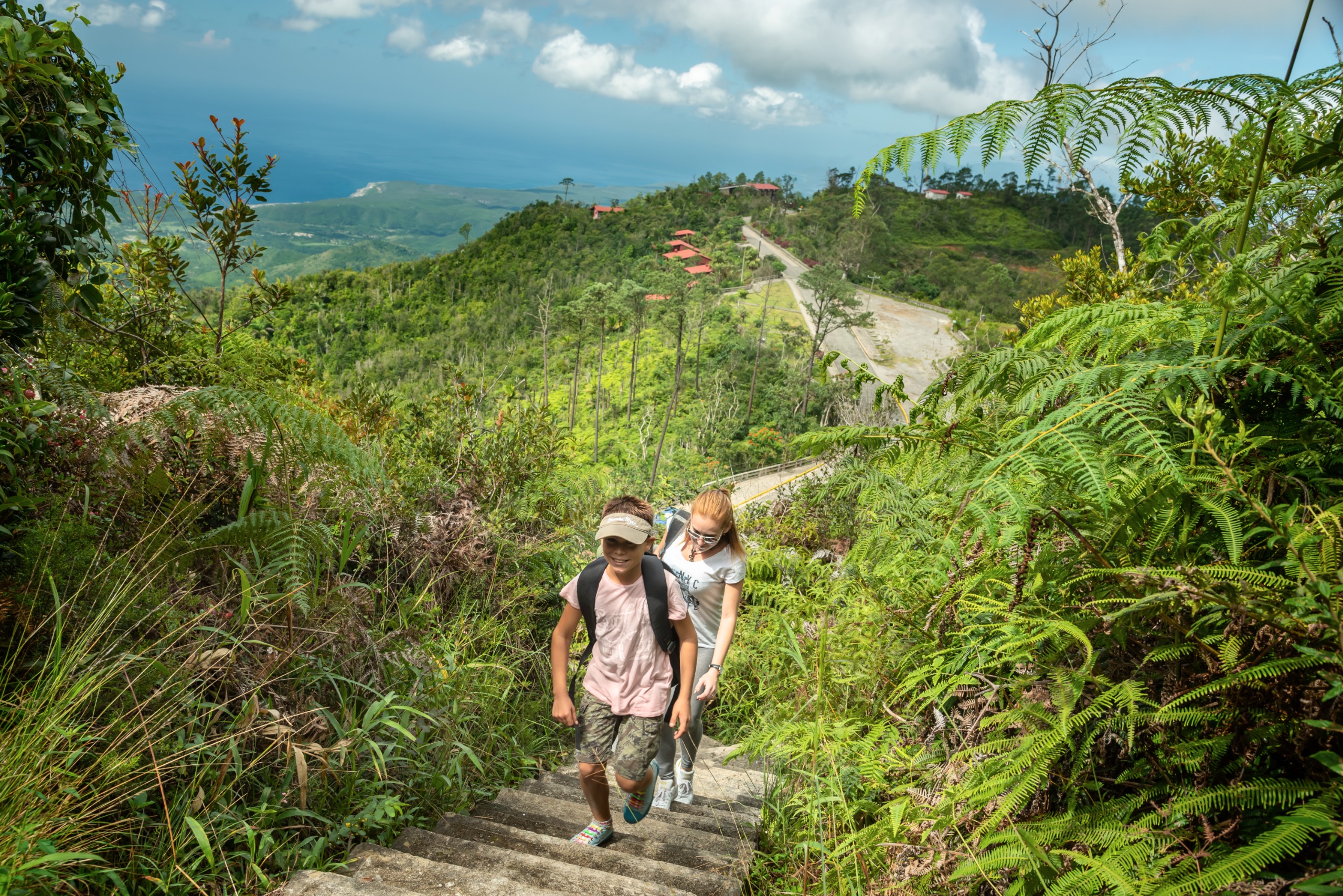
Available banking services
There are Currency Exchange Offices (CADECA) at the airports open 24 hours a day, so the island’s tourism authorities suggest that upon arrival, you purchase the BANDEC Prepaid Card in denominations of 200, 500, and 1,000 USD.
They also recommend always exchanging the following currencies at CADECA or at banks: Canadian dollars, pound sterling, Mexican pesos, Swiss francs, euros, Japanese yen, and US dollars.
They explain that the following cards are accepted in Cuba: Visa, Mastercard, UnionPay, Ocean Card, CABAL, and American International Service (AIS). No cards issued by US institutions work in Cuba. Travelers are advised to check with their bank to see if they can use their card in Cuba.
To make purchases and pay for services, you can use MLC and USD Prepaid Cards, which can be purchased at CADECA offices, airports, hotels, and ports.
